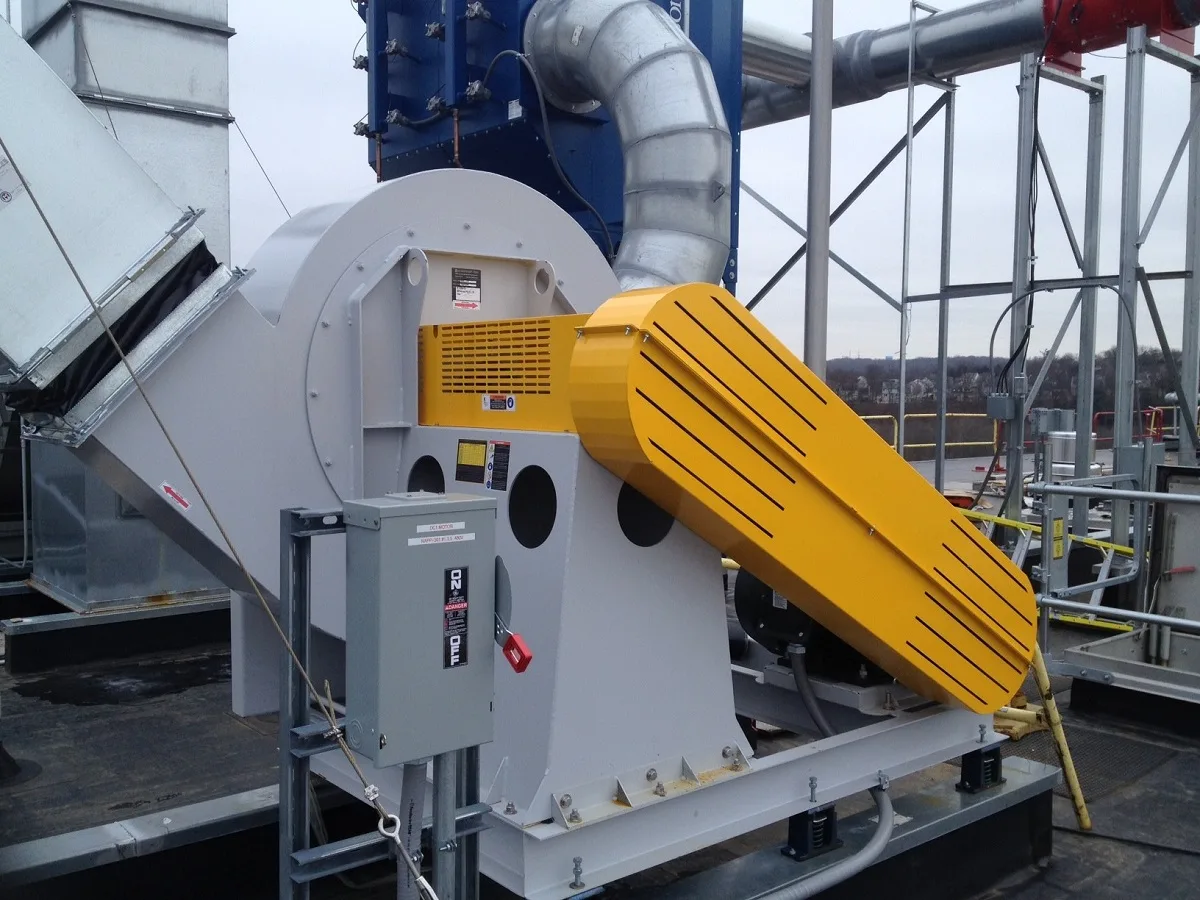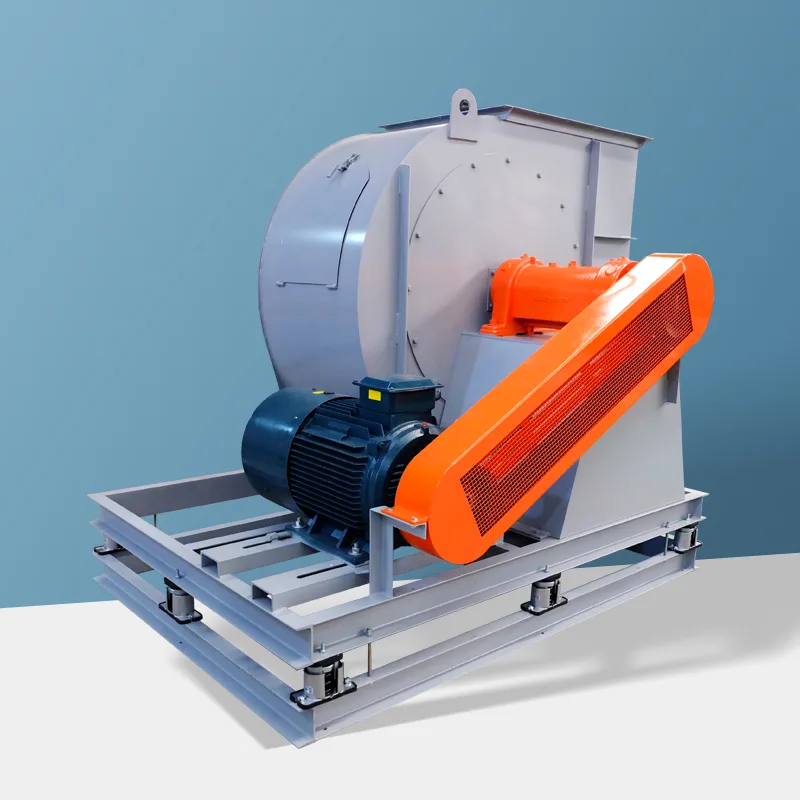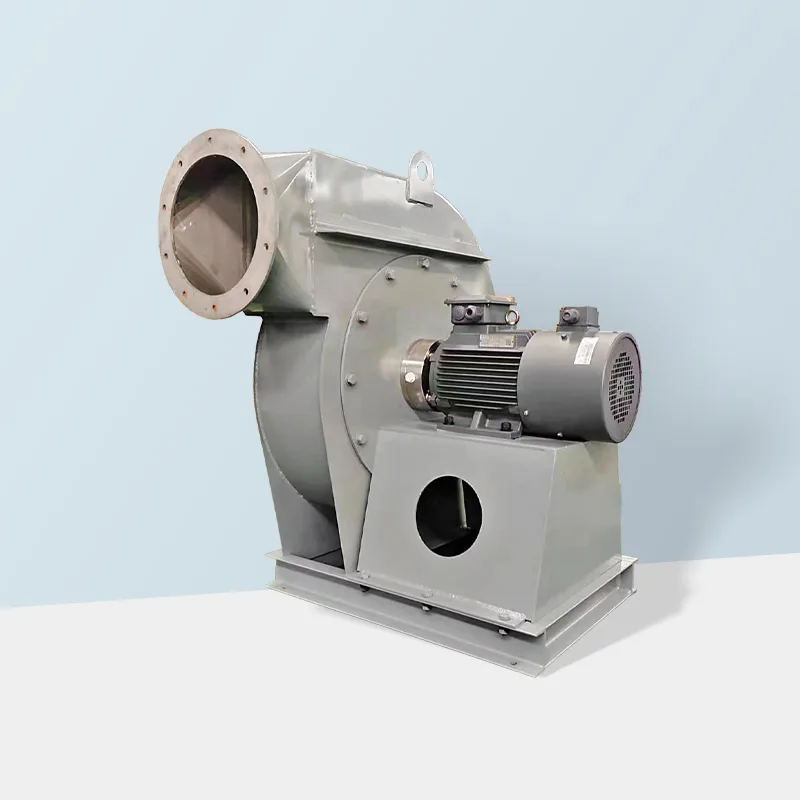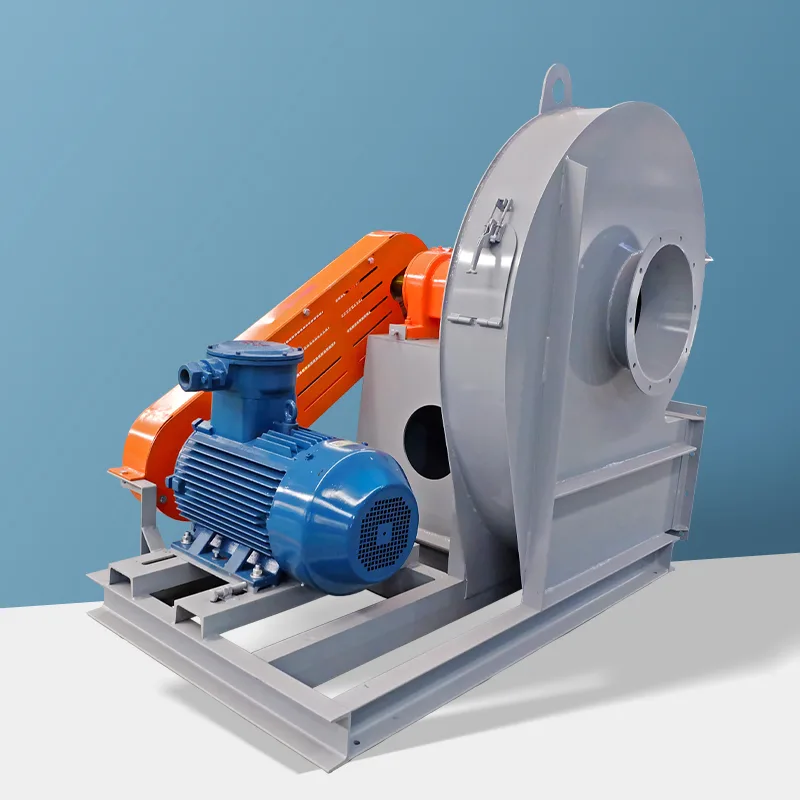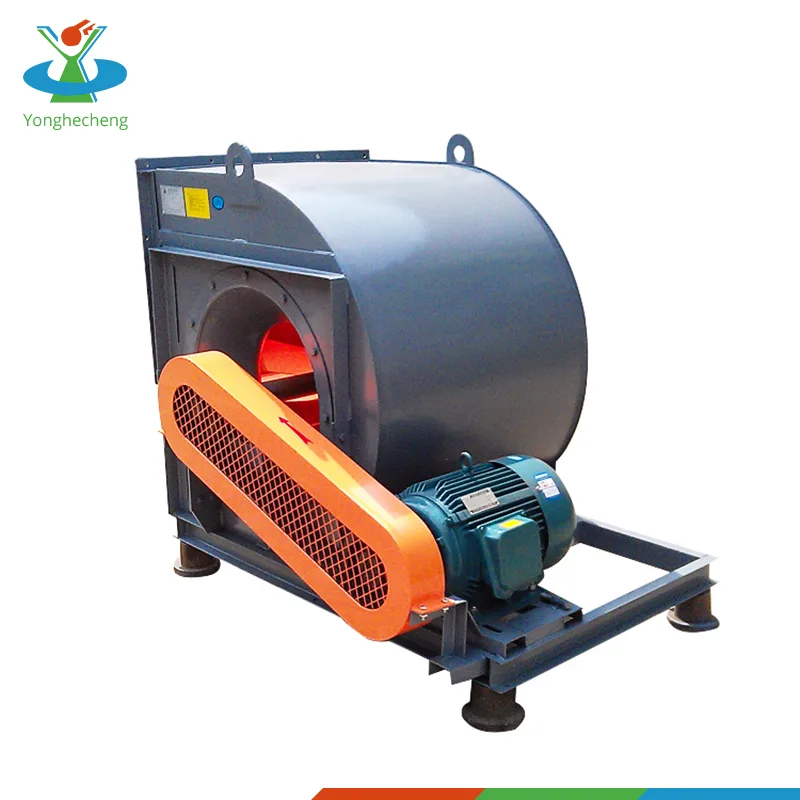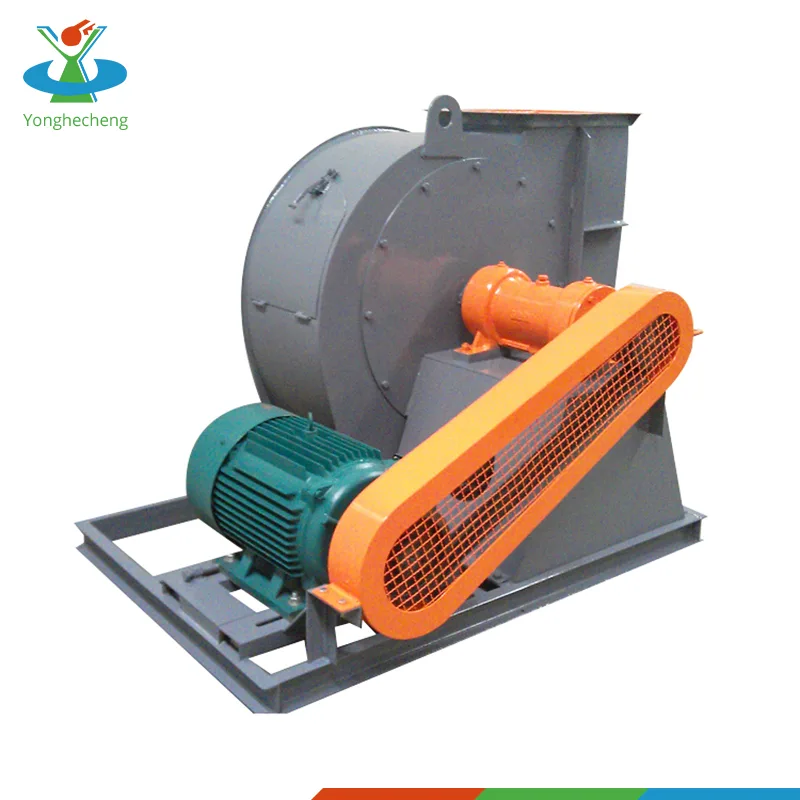The difference between backward-inclined direct-connected centrifugal fans and other types of centrifugal fans is mainly reflected in the following aspects:
- output power: in order to overcome the system resistance of the static pressure head, generally the forward-leaning centrifugal fan is smaller than the backward-leaning centrifugal fan, and because the middle channel of the backward-leaning centrifugal fan is gradually larger, therefore, the loss of resistance is smaller than the tilt-forward centrifugal fan. The efficiency of a backward-leaning centrifugal fan is also higher than that of a forward-leaning one.
- power consumption: as the forward-leaning centrifugal fan is less efficient than the backward-leaning centrifugal fan, the power consumption of the forward-leaning centrifugal fan is greater than that of the backward-leaning centrifugal fan.
- noise level: the noise level of the backward-leaning centrifugal fan is lower than that of the forward-leaning centrifugal fan.
In addition, the front-tilt centrifugal fan and the rear-tilt centrifugal fan, mainly refers to the installation of the fan blade is different. The forward-leaning stainless steel centrifugal fan is generally a blower, and the backward-leaning stainless steel centrifugal fan is an induced draft fan. Forward is parallel to the edge of the impeller, impeller outlet angle greater than 90 degrees for the forward impeller is also known as the forward impeller, the forward impeller to the majority of high pressure. And the impeller of a backward-tilting centrifugal fan is not parallel to the impeller. The difference between the length and the impeller edge is a few centimeters or a few millimeters. It refers to the impeller outlet angle less than 90 degrees as the backward-tilting impeller, also known as the backward impeller, rear impeller to the main medium pressure.
